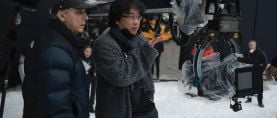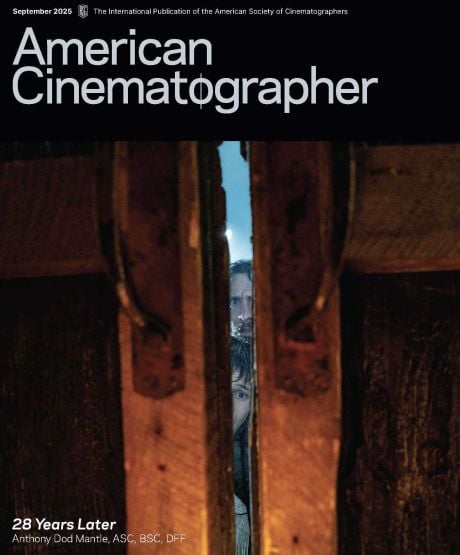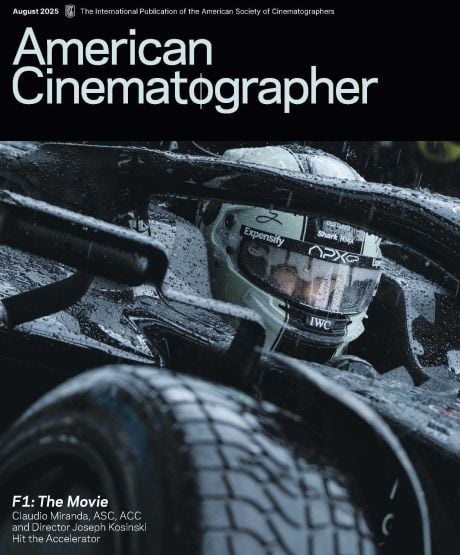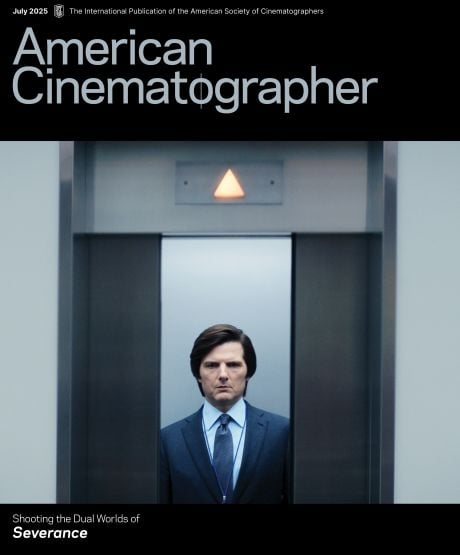
Greig Fraser, ASC, ACS Discusses Lion at ASC Clubhouse
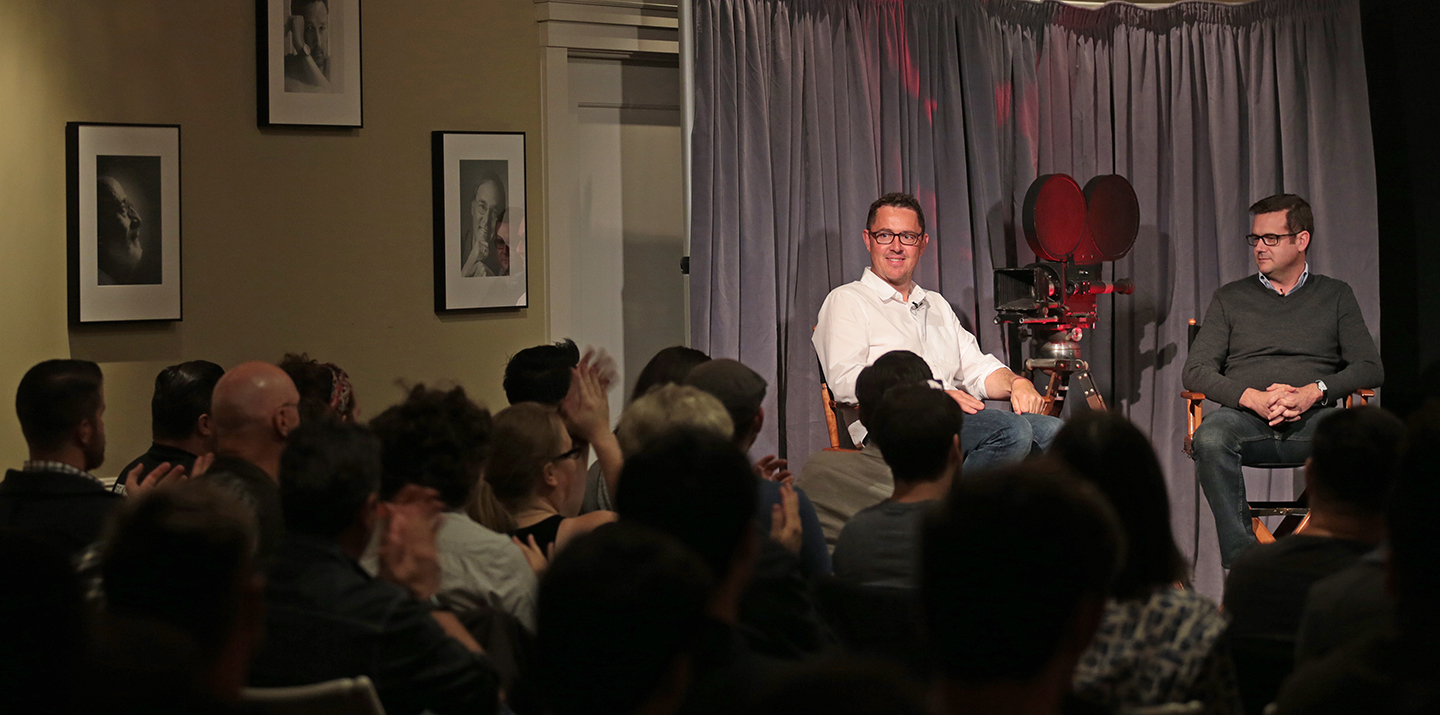
The ASC Clubhouse was the scene of an insightful discussion with Greig Fraser, ASC, ACS about his work in the award-winning drama Lion.
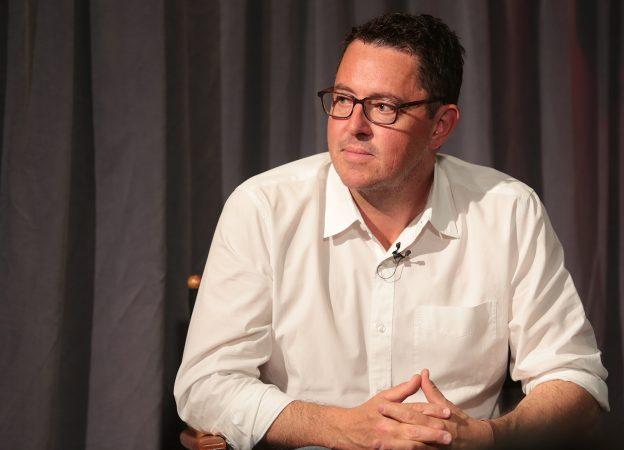
Greig Fraser, ASC, ACS arrived at the ASC Clubhouse in Hollywood on December 8 for a “Coffee and Conversation” event moderated by filmmaker and American Cinematographer contributor Jim Hemphill. The two spoke about Fraser’s recent release Lion, directed by Garth Davis, for which the cinematographer won the Golden Frog at Camerimage.
Adapted from the non-fiction book “A Long Way Home,” Lion, starring Nicole Kidman and Dev Patel, is about a five-year-old Indian boy who, after a wrong train takes him thousands of miles away from home and family, survives many challenges before being adopted by an Australian couple. Twenty-five years later, armed with only the scantest of clues, he learns of a new technology called Google Earth, and sets out to find his lost family.
Fraser spoke about the challenges of shooting an ambitious film on a modest budget, comparing and contrasting his experience on Lion with the set of his other current release, the Star Wars picture Rogue One. He explained that regardless of the size of the production, he prefers to keep the distractions to a minimum, paring his crew and lighting package down to the essentials in order to facilitate the best work on the part of the actors. On Lion this was particularly important given the young protagonist, played by a child actor of limited experience. Fraser screened clips from the film that demonstrated his attempts to tell the story from that child’s perspective, and discussed how he alternated between anamorphic and spherical lenses depending on the effect he was seeking in each scene.

Fraser also talked about how shooting in India impacted his work on the film, addressing both his profound love for the country and the adjustment required by the very different working conditions there. He spoke of the contrasts between the Australian and Indian scenes in the movie, and the decisions behind why certain scenes were shot hand-held and others relied on a more formal compositional approach. Fraser explained that he finds any one style too limiting when applied to an entire film, and that on Lion as in his other work he chose to visually respond to the emotional content of each individual moment and scene. This required a certain amount of ingenuity on the part of his crew for some scenes, as it was often difficult to get the Steadicam at the height Fraser desired to represent his young hero’s point of view.
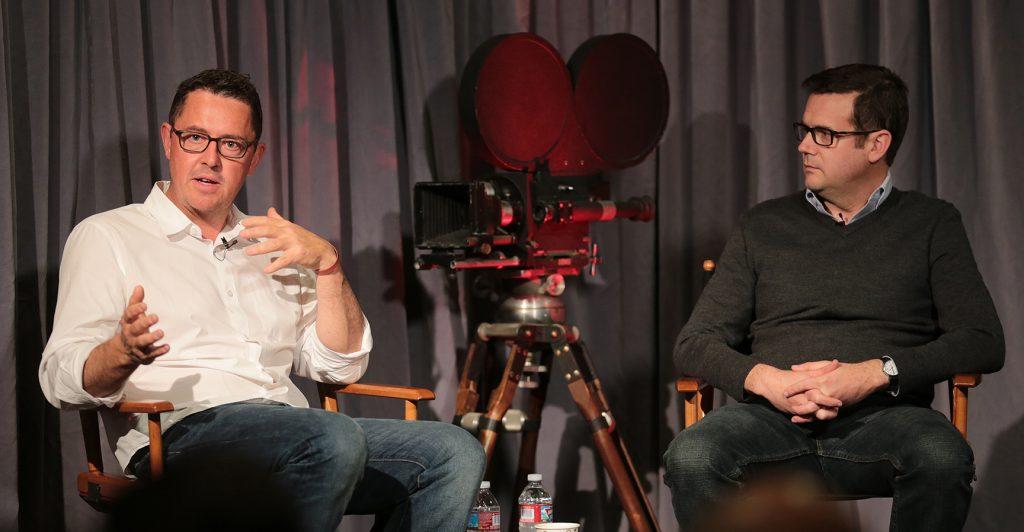
Fraser shot Lion on the Alexa and relied heavily on LED lights, an approach he said grew out of discoveries made during his prep for Rogue One. Fraser was in pre-production on Rogue One before he shot Lion, but in production on the Star Wars movie after Lion was complete, and told the audience at the ASC Clubhouse that the two films informed each other particularly in the way he approached lighting to express character. During a question and answer session in which attendees asked questions about both Lion and Rogue One, Fraser clarified his belief in cinematography that serves the narrative and remains unobtrusive — even when the filmmakers are creating their own world from scratch, as in Rogue One.
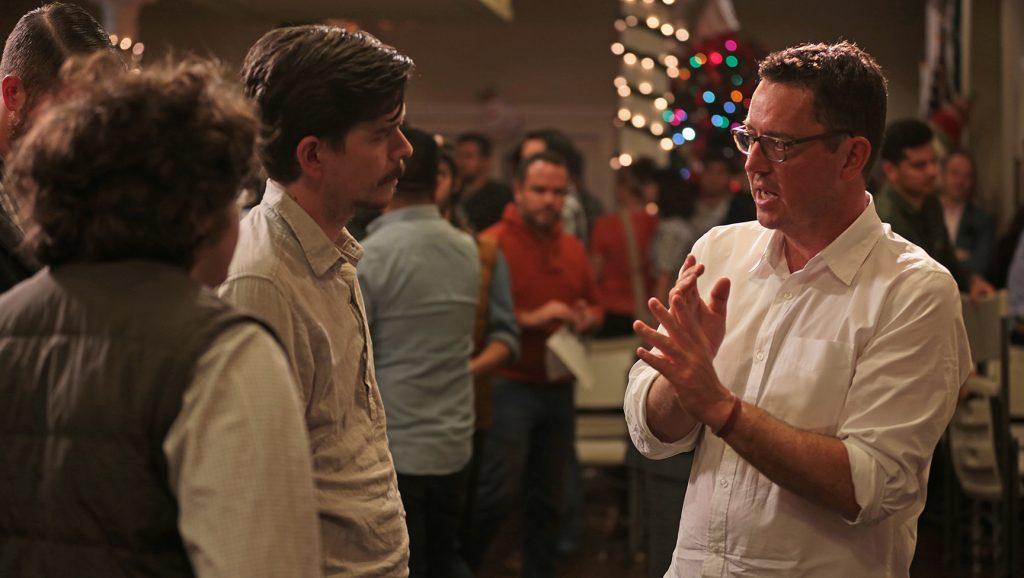
A multi-part video document of this event will be soon available to Friends of the ASC members.



